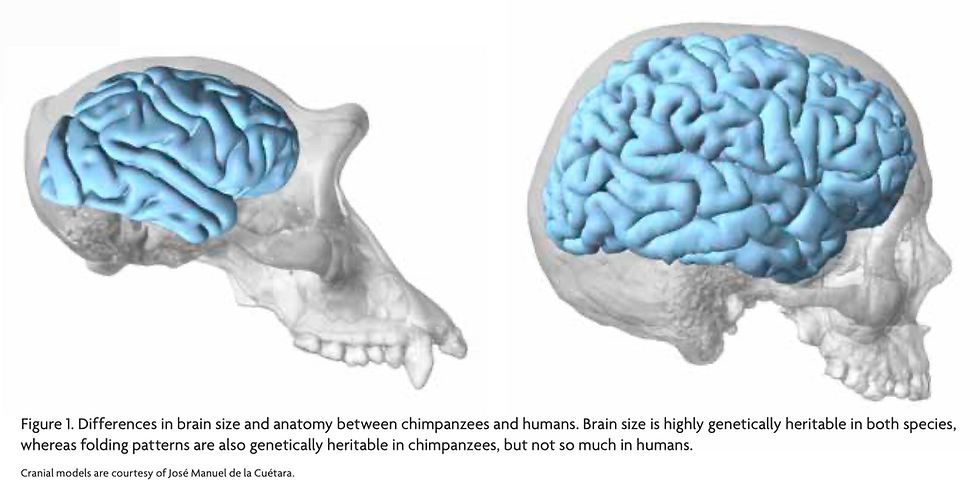Life History Theory & Principle of Allocation
- Wu, Bozhi

- Mar 8, 2019
- 2 min read

Life history traits tend to be bundled in particular ways. Explain how these traits are combined and why we see these kinds of combinations in nature.
According to the Principle of Allocation, resources are limited and the energy used for one purpose cannot be used for another. Therefore, there always exists a trade-off between growth, reproduction, and maintenance. The clustering of life history traits of animals is basically the result of the trade-offs between “current vs. future reproduction” and “quantity vs. quality of offspring.”
For instance, animals that have fast life histories typically have small body sizes, produce many offspring, have short gestation period, mature early, have high mortality rates, and have short life spans. These traits are bundled together for certain reasons. Caused by the trade-off between growth and reproduction, animals mature earlier to start reproducing have more energy devoted to reproduction rather than growth. As a result, they tend to have small body sizes and smaller brains, as brains are especially costly to build. Also, because of the high mortality rates, natural selection will favor the individuals who have large litters, as the consequence of the trade-off between “quantity vs. quality of offspring.” By favoring the quantity of offspring, they will also tend to invest less time in parental care.

On the other hand, animals with slow life histories typically have large body sizes, produce few offspring, have long juvenile and gestation period, have low mortality rates, and have long life spans. By similar logics, as the result of the trade-offs mentioned above, they tend to spend more energy in growth rather than reproduction early in life. This leads to larger body sizes and larger brains, which require large amount of energy to develop. Also, because their offspring have low mortality rate and have long juvenile period (probably increasing their flexibilities to adapt to the changing environment), parents are more likely to invest more in parental care. They will prefer the quality to the quantity of their offspring.








Comments